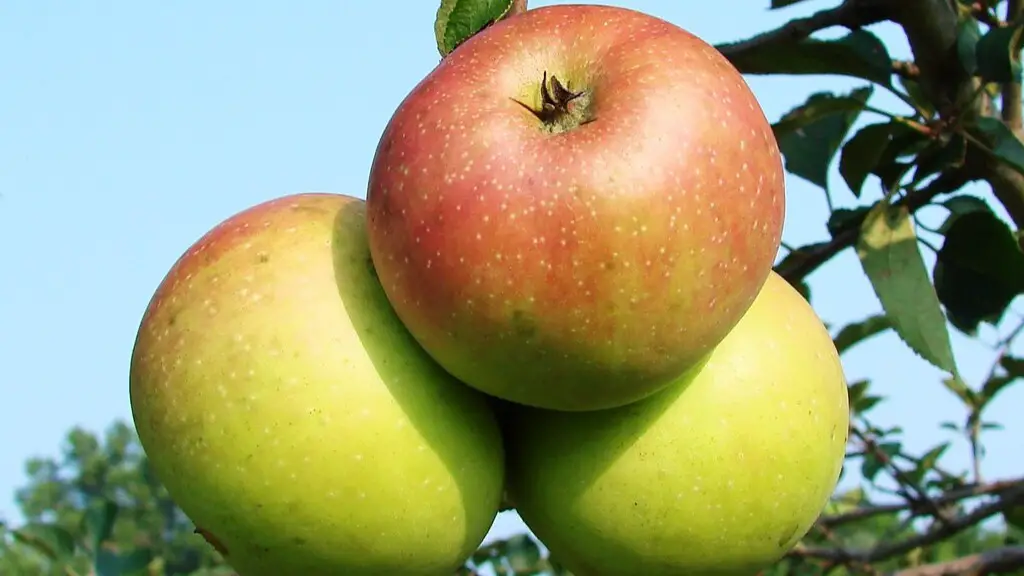Contrary to popular belief, lemon tree cuttings do not necessarily have to be planted in soil for them to root. In fact, lemon tree cuttings can root in water. To ensure a maximum success for the cuttings’ rooting process, make sure to follow the right steps.
Firstly, it is essential to select healthy lemon tree cuttings that have no disease or pest problems. Choose a cutting that has large and mature leaves, as well as a few inches of semi-mature wood. Ensure that the cuttings are at least six to eight inches long, and preferably with its bark still intact. Snip off any damaged or decayed parts, which will reduce the root formation.
Subsequently, it is important to prepare a container for rooting. Fill the container with water and submerge the cutting into it. If necessary, trim the bottom of the lemon tree cutting to ensure that it is entirely submerged in water. A mason jar is an ideal container as it can easily hold a few cuttings.
Moreover, keep a close eye on the water level. Refill the jar often to increase the chances of successful rooting. Even though lemon tree cuttings do not need to be fertilized in water, a few drops of liquid fertilizer can be added to the water. However, be careful not to over fertilize.
Additionally, position the jar in a place where the cuttings will get ample amounts of indirect sunlight. Too much direct sunlight can damage the vulnerable cuttings. Keep the temperature consistent, around 18-22 degrees Celsius and the humidity levels high. Too much time in a dry warm environment will likely cause the leaves to drop off.
Finally, monitor the water level for any bubbles, which will indicate the presence of a root system. If the lemon tree cuttings do not develop roots within two to three weeks, discard them and start again.
When to Plant in Soil
Once the lemon tree cuttings have developed roots, it is time to transition them into soil. Insert the roots in a pot of well-draining, fertile soil and position the cutting to ensure that the depth of the lower leaves’ foliage is at the same level as before transplanting.
Firm the soil around the roots and put the lemon tree cutting in an area with adequate, indirect sunlight. When the cutting develops some new leaves, start supplementing it with appropriate amounts of liquid fertilizer. Finally, water the cutting and wait for it to continue growing.
Water pH and Nutrients
The lemon tree cutting’s root formation can also be improved by adjusting the pH levels and the nutrient content in the water. The ideal pH for water is 5.5-7.0, and if it is not within this range, adjust it by adding a few drops of vinegar.
A few tablespoons of liquid fish emulsion fertilizer can also be added to the water for additional nutrients. Make sure to follow the fertilizer’s instructions carefully and avoid over fertilizing, as the roots of the lemon tree cuttings are still fragile.
Sunlight and Temperature
It is important to ensure that the temperature around the lemon tree cutting’s container remains consistent, and preferably warm. The heat will help with the root formation process, while indirect sunlight is essential for providing light energy that will promote leaf expansion.
Making sure the lemon tree cutting has access to enough warmth and indirect sunlight will go a long way in helping it grow and develop its root system.
Humidity and Pruning
The humidity of the environment should also be monitored precisely. Lemon tree cuttings are sensitive to changes in the environment, and a great way to ensure a high humidity level is to place the water container in a warm, moist environment, such as near a humidifier or in a greenhouse.
Follow the same steps for pruning that you would take during soil rooting. Pruning will help the cutting to grow in a uniform and balanced manner, as well as aid in its root formation.
Cuttings versus Seeds
Lemon tree cuttings are the preferred choice when it comes to growing lemon trees. Cuttings are a proven and reliable way to produce a new lemon tree, as the juvenile characteristics of a tree brought up from cuttings are superior to those of trees propagated from seeds.
Cuttings may require a bit of maintenance compared to seeds, but they have a much higher success rate as they are not as prone to fungus and other diseases. Moreover, lemon tree cuttings root faster in comparison to seeds, making them much more efficient and reliable.
Conclusion
Rather than planting in soil, lemon tree cuttings can root in water for a faster, more reliable root formation. Following the right steps for selection, snipping, container setting and maintenance of both the temperature and the humidity is essential to successfully root a lemon tree in water. Finally, lemon tree cuttings are much more reliable than seeds and require less maintenance, making them the preferred choice of lemon tree propagation.


